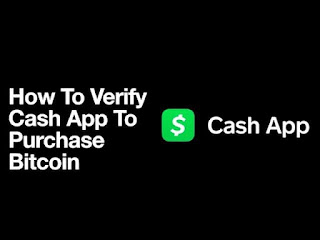Why won't Cash App let me send bitcoin?
There Some general reasons why you might be experiencing difficulties sending Bitcoin through Cash App:
Verification requirements: Cash App may require users to verify their identity before enabling certain features, including sending Bitcoin. If you haven't completed the verification process, you may be restricted from using the Bitcoin sending functionality.
Geographical restrictions: Cash App's Bitcoin services may not be available in all regions. Some countries or states might have restrictions on cryptocurrency transactions, and Cash App may limit or block certain features in those areas.
Insufficient funds: If your Cash App balance doesn't have enough funds to cover the Bitcoin transaction, you won't be able to send it. Ensure you have a sufficient balance or a linked payment method with enough funds to cover the transaction.
Transaction limits: Cash App may impose daily, weekly, or monthly limits on Bitcoin transactions. If you've reached your limit, you won't be able to send additional Bitcoin until the limit period resets.
Temporary technical issues: Cash App's servers or the Bitcoin network might be experiencing temporary issues or maintenance, leading to difficulties in sending Bitcoin.
To resolve your specific issue, it's best to reach out to Cash App's customer support. They can provide you with detailed assistance and information specific to your account and situation. You can usually contact them through the app or the website.
Can you send $5000 through Cash App?
If you want to send $5000 through Cash App, you can use the Cash App mobile application or website if you have an account with sufficient funds or a linked payment method. However, please keep in mind that financial transactions involve security considerations, and it's essential to follow all the necessary safety protocols and adhere to Cash App's terms and conditions while making any transactions. Always double-check the recipient's details to avoid any mistakes, and be cautious about potential scams or fraudulent activities related to financial transactions.
How can I increase my Bitcoin limit?
Increasing your Bitcoin limit on Cash App or any other platform usually involves completing various verification steps and meeting specific requirements. Here are some general steps you can take to increase your Bitcoin limit on Cash App:
Complete Identity Verification: Cash App may require you to complete identity verification to increase your Bitcoin limit. To do this, you'll need to provide your full legal name, date of birth, and Social Security Number (SSN) or other government-issued identification.
Link a Bank Account: Linking a bank account to your Cash App account can help increase your transaction limits. This provides additional verification and increases your trustworthiness as a user.
Enable Two-Factor Authentication (2FA): Enabling 2FA adds an extra layer of security to your account, which may increase your limits. It shows that you take security seriously and can reduce the likelihood of fraudulent activities.
Build Transaction History: Building a positive transaction history on Cash App can demonstrate your responsible use of the platform. By making regular transactions and adhering to their terms and conditions, you may gain higher trust levels.
Contact Customer Support: If you've completed the above steps and your Bitcoin limit hasn't increased, you can reach out to Cash App's customer support. They can provide further guidance and potentially review your account for higher limits.
Be Patient: Some platforms may have automated systems that gradually increase your limits over time as you continue using the service responsibly.
Keep in mind that the process of increasing limits may vary depending on the platform's policies and the regulations in your region. Always make sure to follow the platform's guidelines and verify your identity with accurate information to comply with relevant laws and regulations.
For specific instructions on how to increase your Bitcoin limit on Cash App, it's best to refer to their official support documentation or reach out to their customer support team directly.




Comments
Post a Comment